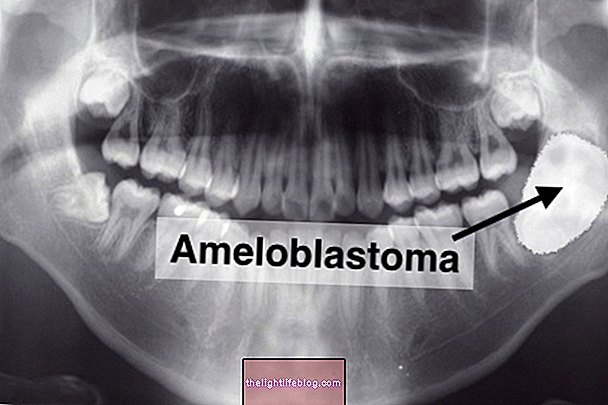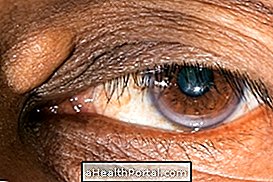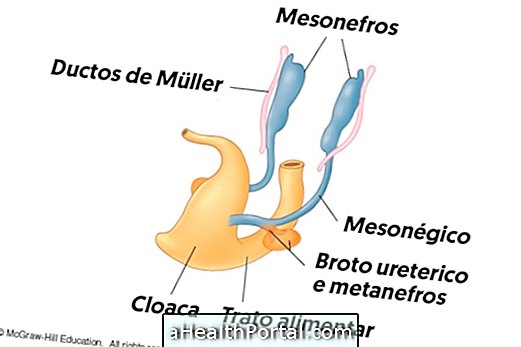The mania of plucking the hair is a psychological illness known as trichotillomania, where there is an obsession in pulling hair strands or hair from the body, uncontrollably. One can start by pulling off only a few hairs or yarns, and it progresses until removing whole strokes of hair.
This craze has a cure, but it can cause baldness, and the pulled hair can even be swallowed, which can later lead to complications due to accumulation of hair in the stomach or intestine.

How to recognize the hair pulling craze
The main signs are:
- Constantly stirring and pulling hair;
- Repeated pulling or curling of hairs or hairs such as eyebrows or eyelashes;
- Presence of body or head regions with lack of hair or hair;
- Mania of sucking, chewing, biting or swallowing hair strands;
- Feel relief or pleasure after pulling out hair or hairs.
The diagnosis is usually made by a psychiatrist or psychologist through observation of the scalp, as this obsession usually leads to lack of hair in specific regions of the scalp, which can make the person bald or even almost bald.
In addition, during the diagnosis the patient should always be accompanied by a family member or close friend who can help the doctor identify and confirm symptoms. Some cases may even give rise to other more serious symptoms such as abdominal pain, nausea, vomiting or anemia, which can be caused by ingesting hair strands.
People with trichotillomania also often feel shame and deep sadness, as the lack of hair caused by the disease can sometimes become very evident, being embarrassing. In addition, the symptoms of trichotillomania are often more evident in periods of more stress or anxiety, and tearing of the hair or hairs can often happen in times of relaxation, such as watching television, on the beach or driving, for example.

How To Stop Hair Pulling
Treatment for hair-pulling mania is usually done with a psychiatrist or psychologist in psychotherapy sessions, depending on the cause of the problem, as it is a psychological disorder that in certain cases may be associated with stress, obsessive-compulsive disorder or depression.
In less severe cases of the disease, some minor changes in daily habits may be sufficient to treat the problem, such as:
- Wet your hair at times when the desire to tear off hair appears;
- Do activities that keep hands busy, such as doing gardening, painting or cooking, for example;
- Hold the hair with a tiara or wear a hooded sweater, especially for sleeping;
- Brush your hair or wash it, replacing the will to pluck hair.
In more severe cases, when the person is already getting bald or bald, especially if there are signs of depression, it may be necessary to take antidepressant medications such as sertraline or fluoxetine, as indicated by the doctor.
What causes this mania?
The causes of trichotillomania are not yet fully understood, but it is known that factors such as trauma, depression, anxiety or stress may be responsible. Thus, people with a family history of the disease or who suffer from psychological disorders such as anxiety, depression or obsessive compulsive disorder are more likely to have this problem. This disease is usually more common to appear in childhood, between 9 and 13 years of age, but can affect anyone at any age.























